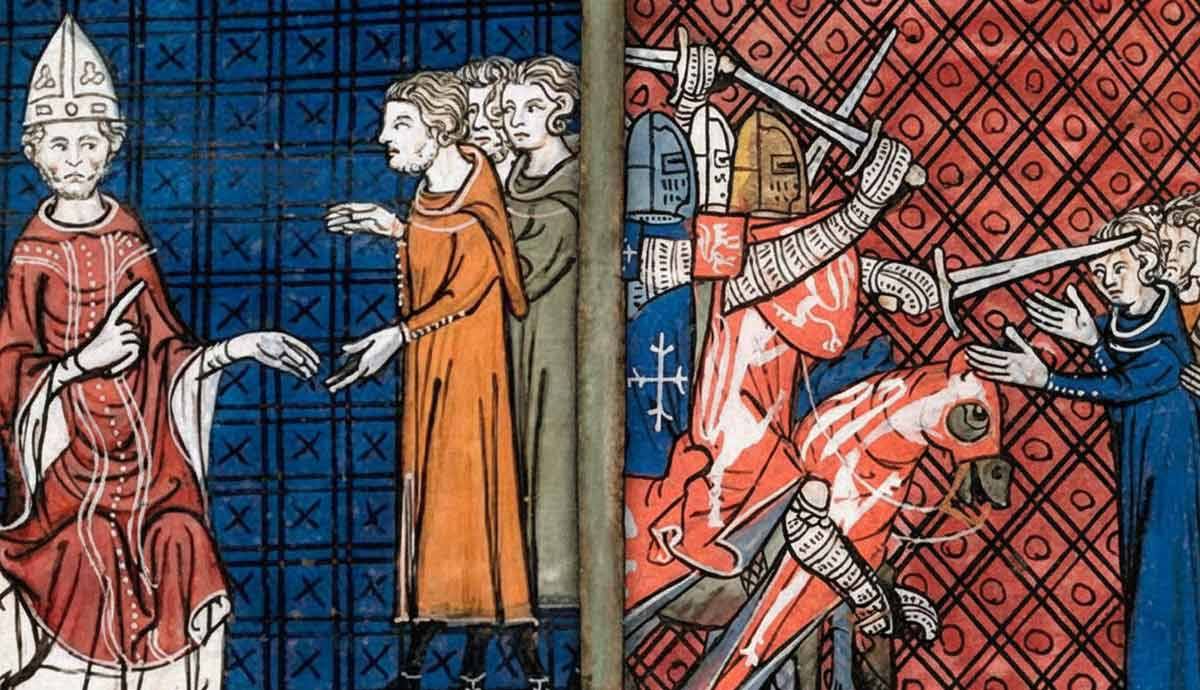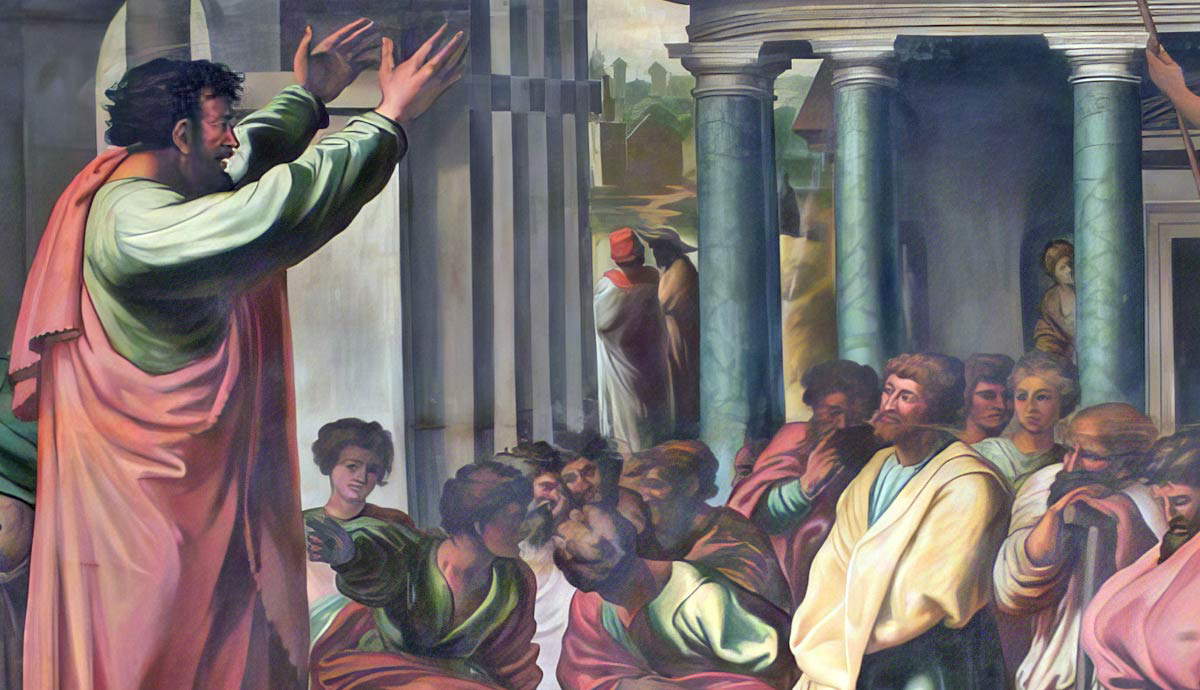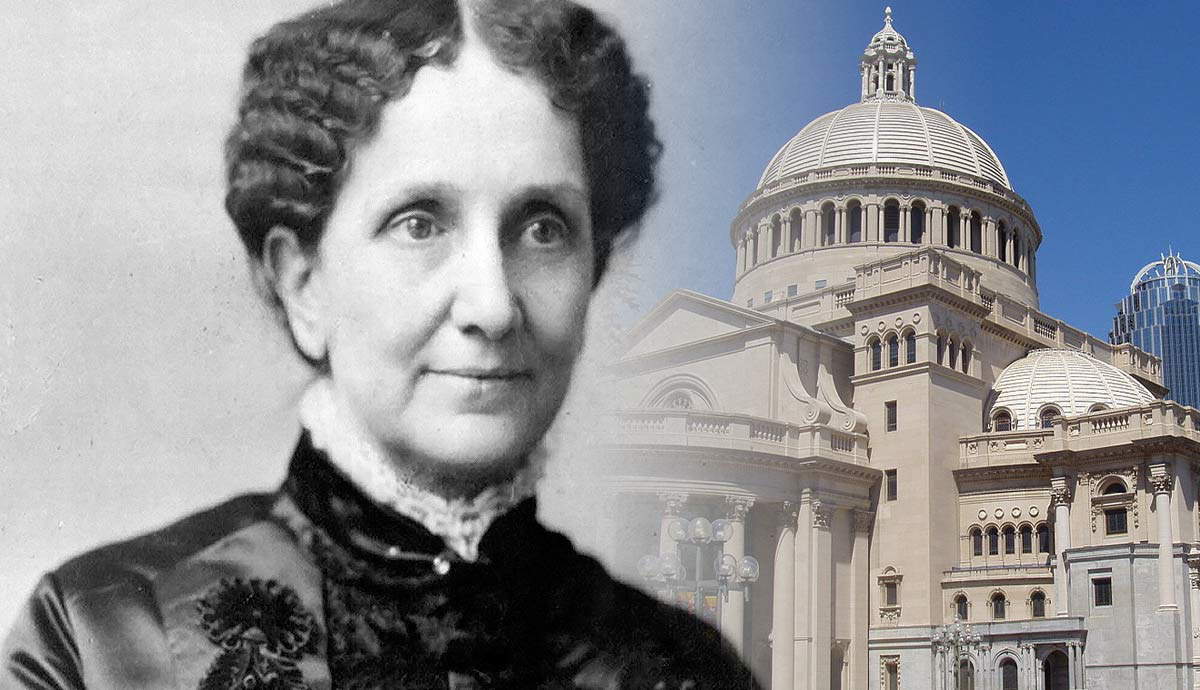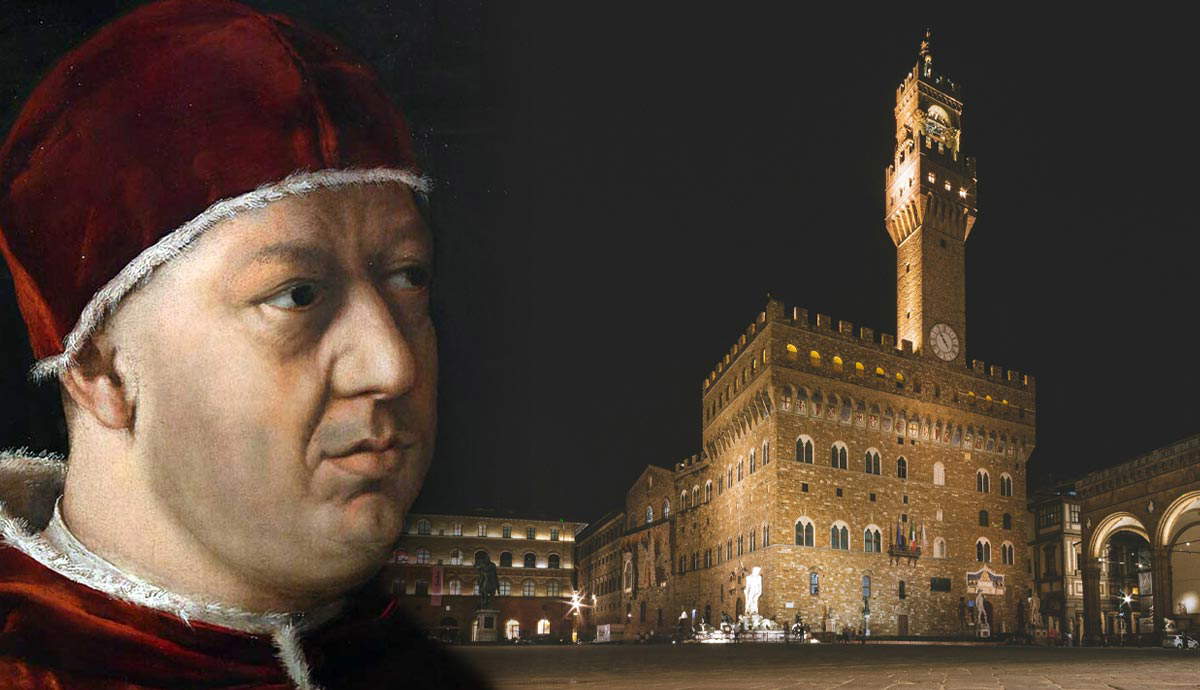
Not long after the Apostolic period of the New Testament, heresies which were opposed in scripture began to become more prevalent in Christianity. Possibly the earliest of these heresies was known as Docetism.
The Meaning Behind Docetism

Docetism comes from the Greek word Doketai, meaning something like “illusionists” and “to seem.” Docetism is the general belief that Jesus Christ never had an actual physical human form, only appearing as some sort of phantasm, or illusion. Docetism stemmed from the belief, borrowed from pagan Greek philosophy, that physical matter was either inherently evil and led to spiritual corruption, and that a perfect being like Jesus Christ could not have any physical form. The ideas within Docetism heavily influenced Gnosticism as the heresy grew and attempted to coopt Christianity.
When Docetism Arose

Docetism in its early forms may have arose during the apostolic period. The apostle John wrote against it in I John 4:1-3 sometime around 90 CE:
4 “Beloved, do not believe every spirit, but test the spirits to see whether they are from God, for many false prophets have gone out into the world. 2 By this you know the Spirit of God: every spirit that confesses that Jesus Christ has come in the flesh is from God, 3 and every spirit that does not confess Jesus is not from God. This is the spirit of the antichrist, which you heard was coming and now is in the world already.”
Several portions of the gospels also emphasize that Jesus Christ had a real body, died, and was physically resurrected. Jesus’ conversation with “doubting Thomas” after His resurrection, inviting Thomas to touch his hands and side push against the philosophy of Docetism.

Docetism as a named heresy appears sometime in the late first or early second century. Polycarp of Smyrna wrote against it in his Letter to the Philippians around 110 CE. His student Irenaeus of Smyrna also wrote against Docetism in his letter to the Smyrnaeans around the same time:
“And He suffered truly, even as also He truly raised up Himself, not, as certain unbelievers maintain, that He only seemed to suffer…”
Written Works About Docetism

Most of the direct works which promote Docetism have been lost, as early Christian heretical works tended to be destroyed by their opponents. Most of what we know about Docetism and early Christian heresies in general are through those same opponents. However, recent discoveries such as the find of gnostic works at Nag Hammadi in 1945 have shed more light on some of the heretical beliefs.

Many of the gnostic works written in the second century onward, particularly those which claim to be apostolic works, include concepts from Docetism. The Gospel of Peter and the Acts of John are two works which promote Docetic ideas. Marcion, one of the earliest heretics, is probably the most prominent form of early Docetism. Marcion went so far to proclaim that not only was the material world evil, but that it had an evil creator known as the Demiurge from which Jesus was sent to rescue humanity.
If there were any earlier works regarding Docetism, particularly during the Apostolic period, they have been lost to time. No first century works reference anything written by a supporter of Docetism, and no work that supports Docetism can be reliably dated to earlier than the second century. Works with Docetic ideas with a purported apostolic author cannot be reliably attributed to an apostle, as they are too late for an apostle to have written them and have significant contradictions with apostolic works.










